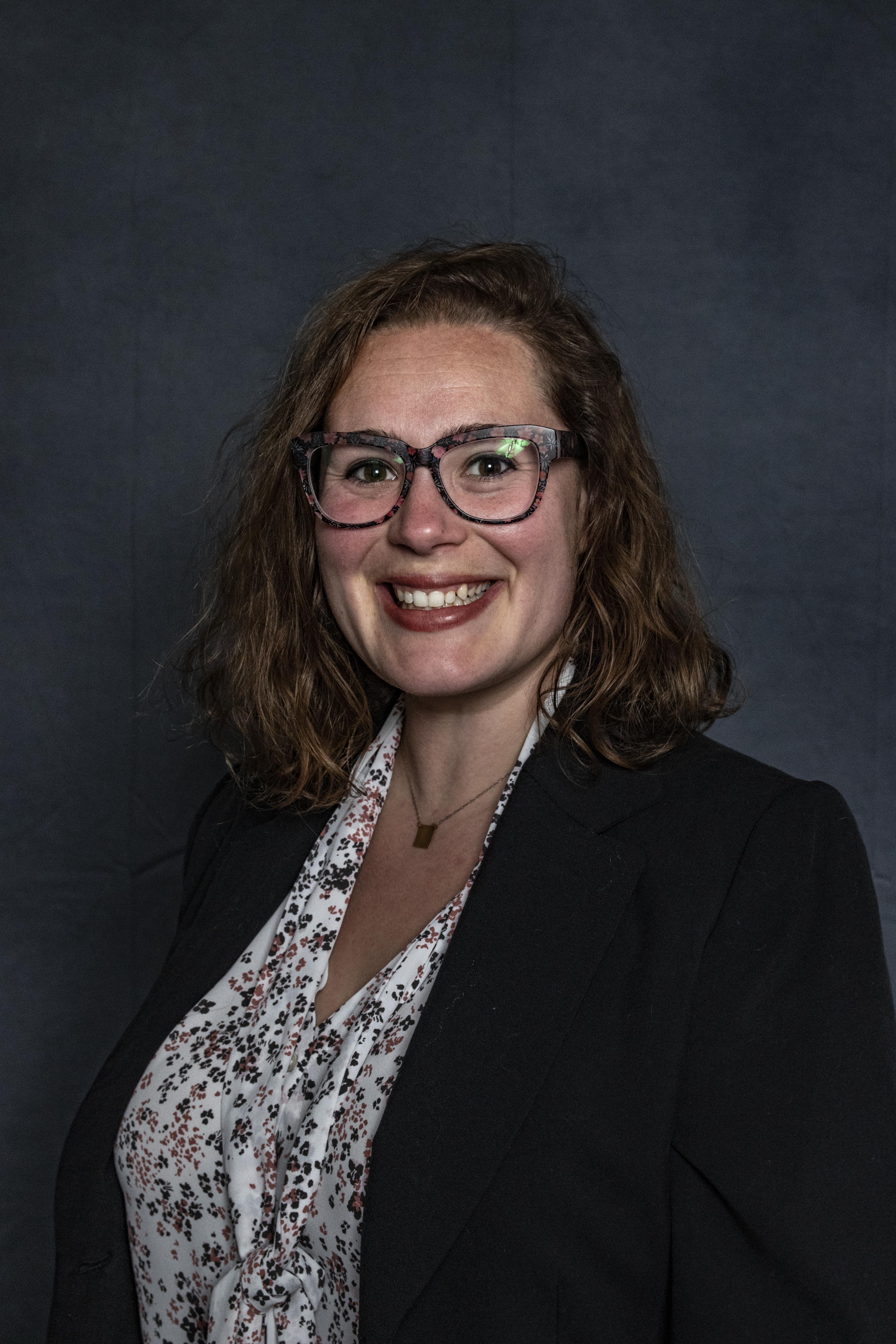Trauma and Stressor Related Disorders and Disasters
(PS11-A11) Protective Factors Before and After Family Focused Evidence Based Treatment for PTSD for Military Service Members and Veterans
- OH
Olivia N. Hayes, MSW
LMSW
University of Texas Health Science Center at San Antonio
Georgetown, Texas - CG
Carolina Gutierrez, B.S.
Research Associate
University of Texas Health Science Center at San Antonio
Killeen, Texas - DG
Dina C. Garcia, MSW
Project Coordinator
UT Health San Antonio
Georgetown, Texas 
Vanessa Jacoby, ABPP, Ph.D.
Associate Professor
University of Texas Health Science Center at San Antonio
Georgetown, Texas
Author(s)
Co-Author(s)
Assessing for protective factors can help guide treatment planning and provide hope for change (de Vries Robbé & Willis, 2017). Individual, family, and community protective factors have been found to increase family resiliency (Benzies & Mychasiuk, 2008), which can help military families manage unique stressors like deployment, communication challenges, and injury (Briggs et al., 2020). The Strong Families Support and Prevention Program Trauma-Track provides evidence-based treatment (EBT) for PTSD to military parents with an emphasis on increasing perceived family protective factors. Though studies have observed how risk and protective factors contribute to the development of PTSD, few studies have examined change in protective factors after completing EBT for PTSD (Carmassi et al., 2020; Nichter et al., 2020). Understanding whether engagement in EBT for PTSD increases family protective factors can help guide clinical interventions to better support family outcomes. This study (1) describes the pre-treatment protective factors identified by 106 service members and veterans using the Protective Factors Survey (Counts, 2010), (2) examined the relationship between pre-and post-treatment Protective Factors and PTSD symptoms, and (3) examined pre- to post-treatment changes Protective Factor Survey scores after engaging in an EBT for PTSD with a focus on family functioning. The Protective Factors Survey assesses protective factors against child maltreatment in areas of family functioning, social support, concrete support, nurturing and attachment, and knowledge of parenting and child development (Counts, 2010). All families who completed a post-treatment PFS (n = 57) reported an increase in at least one protective factor and 89% reported an increase in all protective factors. Implications for ideographic, family-focused treatment planning will be discussed.

